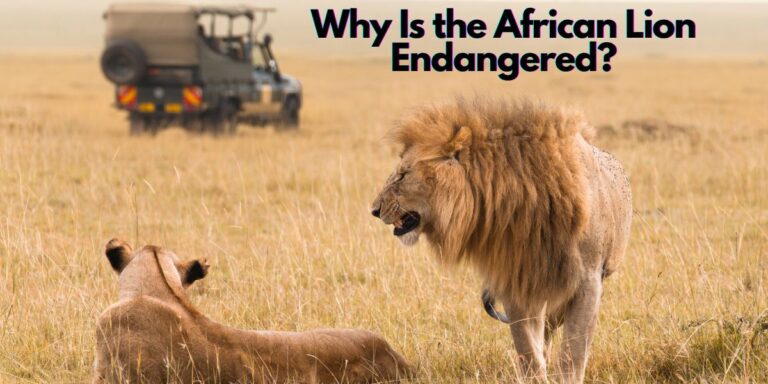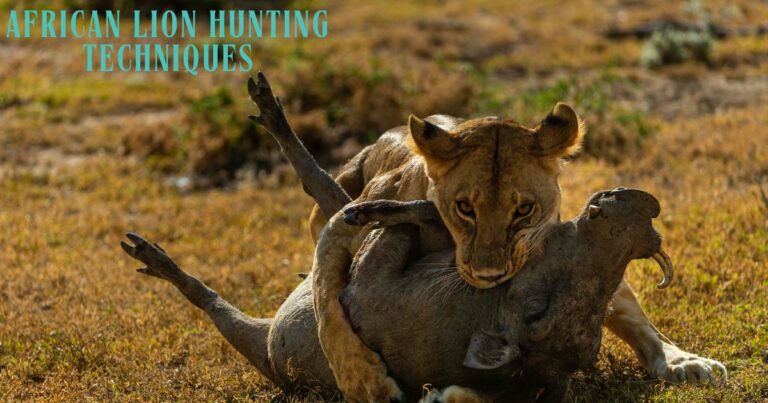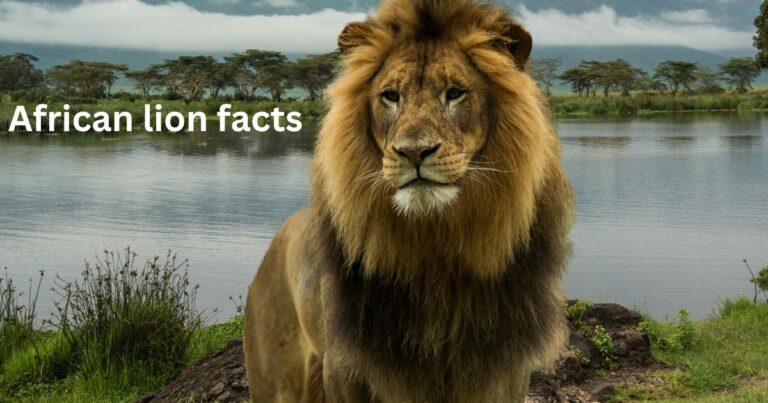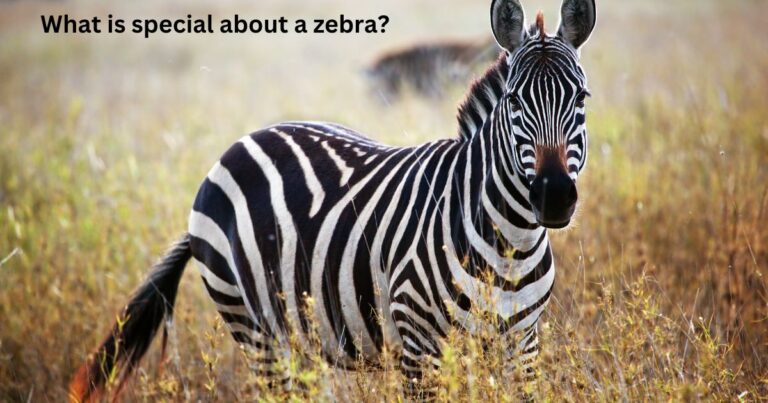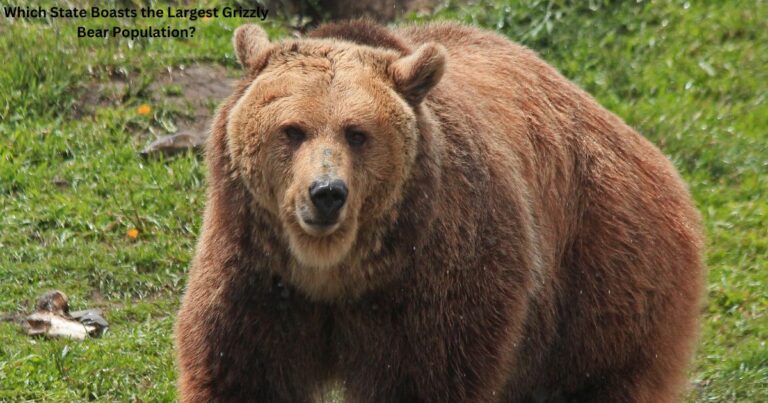
Introduction
The African lion, often referred to as the “King of the Jungle,” is one of the most iconic animals on Earth. Known for its majestic appearance and commanding presence, the African lion holds a special place in the ecosystem and human culture. This article explores fascinating facts about these magnificent creatures, delving into their habitat, behavior, social dynamics, and more.
Introduction of african lion
The African lion (Panthera leo) is a large carnivorous feline native to sub-Saharan Africa. These powerful predators play a crucial role as apex predators, maintaining balance in their ecosystems. African lions are unique for their social structure, living in prides—a rare trait among cats. Despite their strength and resilience, lions face numerous threats, making them a symbol of both natural beauty and conservation urgency.
Fascinating African Lion Facts
1. Habitat and Range
African lions are primarily found in savannahs, grasslands, and open woodlands across sub-Saharan Africa. Countries like Tanzania, South Africa, and Kenya are notable for their lion populations. They thrive in environments with ample prey and water sources.
2. Physical Characteristics
- Size: Male lions can weigh between 150-250 kg (330-550 lbs) and measure up to 10 feet in length, including the tail. Females are smaller, weighing 100-180 kg (220-400 lbs).
- Mane: Male lions are distinguished by their majestic manes, which range in color from blond to black and become fuller with age.
3. Diet and Hunting Behavior
African lions are carnivores that primarily hunt medium to large herbivores like zebras, wildebeests, and antelopes.
- Lions are opportunistic hunters, working in teams to increase their chances of success.
- Female lions, the primary hunters, use stealth and coordination to take down prey.
4. Social Structure: Life in a Pride
- A pride consists of around 10-15 members, including adult females, their cubs, and a few dominant males.
- Females are usually related and stay in the pride for life, while males often leave upon maturity to establish dominance elsewhere.
5. Communication
Lions communicate through a variety of methods, including roaring, growling, and body language.
- A lion’s roar can be heard up to 8 km (5 miles) away, serving as a warning to rivals and a signal to pride members.
6. Lifespan and Reproduction
- Lions live for about 10-14 years in the wild but can survive longer in captivity.
- Female lions give birth to litters of 2-4 cubs after a gestation period of about 110 days. Cubs face high mortality rates, with only about 50% surviving their first year.
7. Conservation Status
The African lion is classified as vulnerable by the IUCN due to habitat loss, human-wildlife conflict, and poaching. Their population has declined significantly, with estimates suggesting fewer than 20,000 remain in the wild.
FAQs
1. Why is the African lion called the “King of the Jungle”?
Despite living in savannahs rather than jungles, the lion earns this title due to its dominance in the animal kingdom and its symbolic representation of strength and leadership.
2. What do lions eat?
Lions primarily eat herbivores like zebras, antelopes, and buffalo. They may also scavenge from other predators’ kills.
3. How fast can lions run?
Lions can sprint at speeds of up to 50 mph (80 km/h) for short distances while chasing prey.
4. Do male lions hunt?
While females do most of the hunting, males occasionally hunt, particularly when living alone or in smaller groups.
5. Are lions endangered?
Lions are not yet endangered but are classified as vulnerable. Conservation efforts are crucial to protect them from further population declines.
6. What is unique about a lion’s roar?
A lion’s roar is among the loudest in the animal kingdom and is used for communication over long distances.
7. How do lions protect their territory?
Male lions patrol their territory, marking it with scent and roaring to ward off intruders.
8. How do cubs learn to hunt?
Lion cubs learn by observing and mimicking adult members of the pride, gradually gaining the skills needed to hunt independently.
9. Why do male lions have manes?
Manes serve as a sign of strength and maturity, helping to attract mates and intimidate rivals.
10. How many hours do lions sleep?
Lions are known to sleep for 16-20 hours a day, conserving energy for hunting and defending their pride.
Conclusion
The African lion is a symbol of power, resilience, and the wild beauty of nature. Despite their majestic presence, these creatures face significant challenges that threaten their survival. By understanding more about their lives, habits, and the importance of their role in ecosystems, we can appreciate their value and contribute to their conservation. Protecting lions is not just about saving a species but preserving the balance of the natural world they help sustain.


